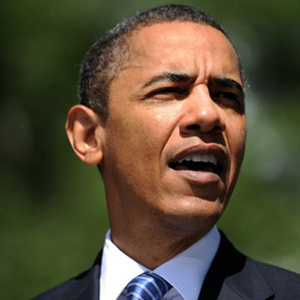The New U.S. National Security Strategy

Developers of the document have clearly endeavored to maintain balance in all aspects of security—domestic, foreign, economic, and military—at least on the paper. A significant feature of the Strategy is the renewed emphasis on the integration of international engagement and collaboration with revitalization of military strength.
The theoretical foundations of the National Security Strategy are worth considering. Realism—the reinforcement of material indicators of power—and liberal institutionalism—the founding of international organizations and regimes that facilitate multilateral diplomacy—form the underpinnings of the document.
Despite the document’s coherence, and the fact that it reflects Obama’s objectives and preferred tactics, its enforcement is a matter of doubt. There are more than a few actual challenges Obama and his team are currently facing. In facing an Israel that has become a loose cannon, a defiant Iran, and an assertive Russia, Obama can maintain his national security strategy only as a projection of his nation’s strategic ambitions.
The lynchpin of the document is “national renewal and global leadership”. The future the 2010 National Security Strategy depicts is one in which U.S. is –and should be- still the only capable power to lead the international community. Needless to say, to sustain its superiority the United States needs to revitalize its economic and innovative strength.
Surprisingly, Iran occupies a minor place in the document, covered only under the ‘nuclear non-proliferation’ and ‘The Middle East’ sections. The document portrays Iran in typical U.S. terms—a historical thirty-year threat to its national security—while it does not rule out interaction between the two states.

